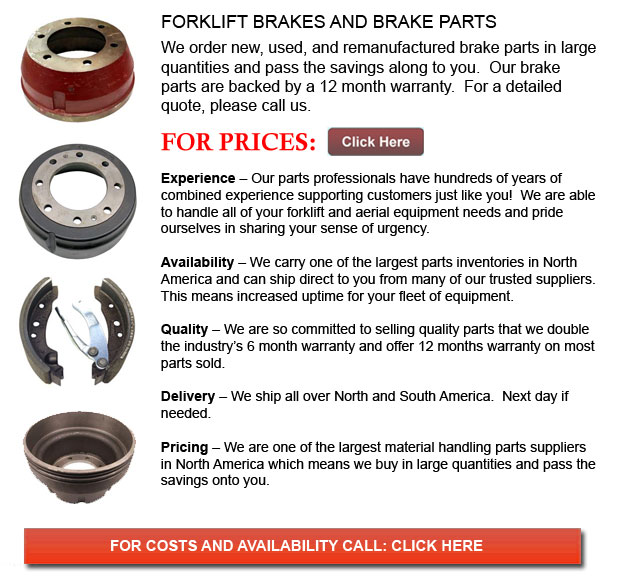
Forklift Brakes - A brake wherein the friction is supplied by a set of brake pads or brake shoes which press against a rotating drum shaped unit called a brake drum. There are several particular differences among brake drum types. A "brake drum" is normally the explanation provided whenever shoes press on the inner outside of the drum. A "clasp brake" is the term utilized in order to describe when shoes press against the exterior of the drum. One more kind of brake, called a "band brake" utilizes a flexible belt or band to wrap all-around the exterior of the drum. Where the drum is pinched in between two shoes, it could be called a "pinch brake drum." Similar to a typical disc brake, these types of brakes are somewhat uncommon.
Prior to nineteen ninety five, old brake drums required consistent adjustment regularly in order to compensate for shoe and drum wear. Long brake pedal or "Low pedal" travel is the dangerous end result if modifications are not done sufficiently. The vehicle could become hazardous and the brakes can become ineffective whenever low pedal is combined along with brake fade.
There are quite a few different Self-Adjusting systems utilized for braking offered nowadays. They could be classed into two separate categories, the RAD and RAI. RAI systems are built in systems that help the device recover from overheating. The most recognized RAI makers are Lucas, Bosch, AP and Bendix. The most well-known RAD systems consist of Bendix, Ford recovery systems, Volkswagen, VAG and AP.
Self-adjusting brakes normally utilize a mechanism that engages only if the vehicle is being stopped from reverse motion. This stopping method is acceptable for use where all wheels make use of brake drums. The majority of vehicles these days utilize disc brakes on the front wheels. By functioning only in reverse it is less likely that the brakes will be applied while hot and the brake drums are expanded. If tweaked while hot, "dragging brakes" can take place, which increases fuel expenditure and accelerates wear. A ratchet mechanism which becomes engaged as the hand brake is set is one more way the self adjusting brakes can work. This means is only suitable in functions where rear brake drums are utilized. If the emergency or parking brake actuator lever goes over a specific amount of travel, the ratchet developments an adjuster screw and the brake shoes move in the direction of the drum.
There is a manual adjustment knob situated at the base of the drum. It is typically adjusted through a hole on the opposite side of the wheel and this involves getting under the forklift utilizing a flathead screwdriver. It is of utmost significance to move the click wheel properly and modify every wheel evenly. If unequal adjustment happens, the vehicle may pull to one side during heavy braking. The most efficient way to guarantee this tiresome job is accomplished safely is to either raise every wheel off the ground and spin it by hand while measuring how much force it takes and feeling if the shoes are dragging, or give every\each and every one the same amount of manual clicks and then do a road test.
![]() Click to Download the pdf
Click to Download the pdf
Forklift Parts
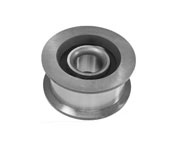
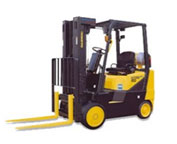
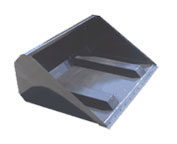
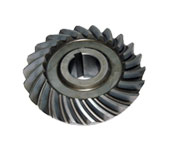
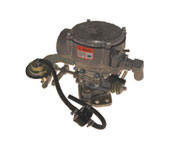
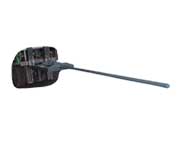
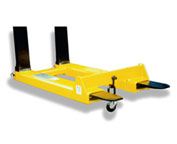
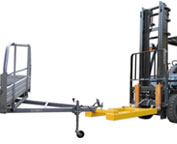
Lift Parts Express
TOLL FREE: 1-888-695-7994
LOCAL: (949) 335-7143
2973 Harbor Boulevard #182
Costa Mesa, California
forkliftpartscostamesa.com
Email Us
About Us


